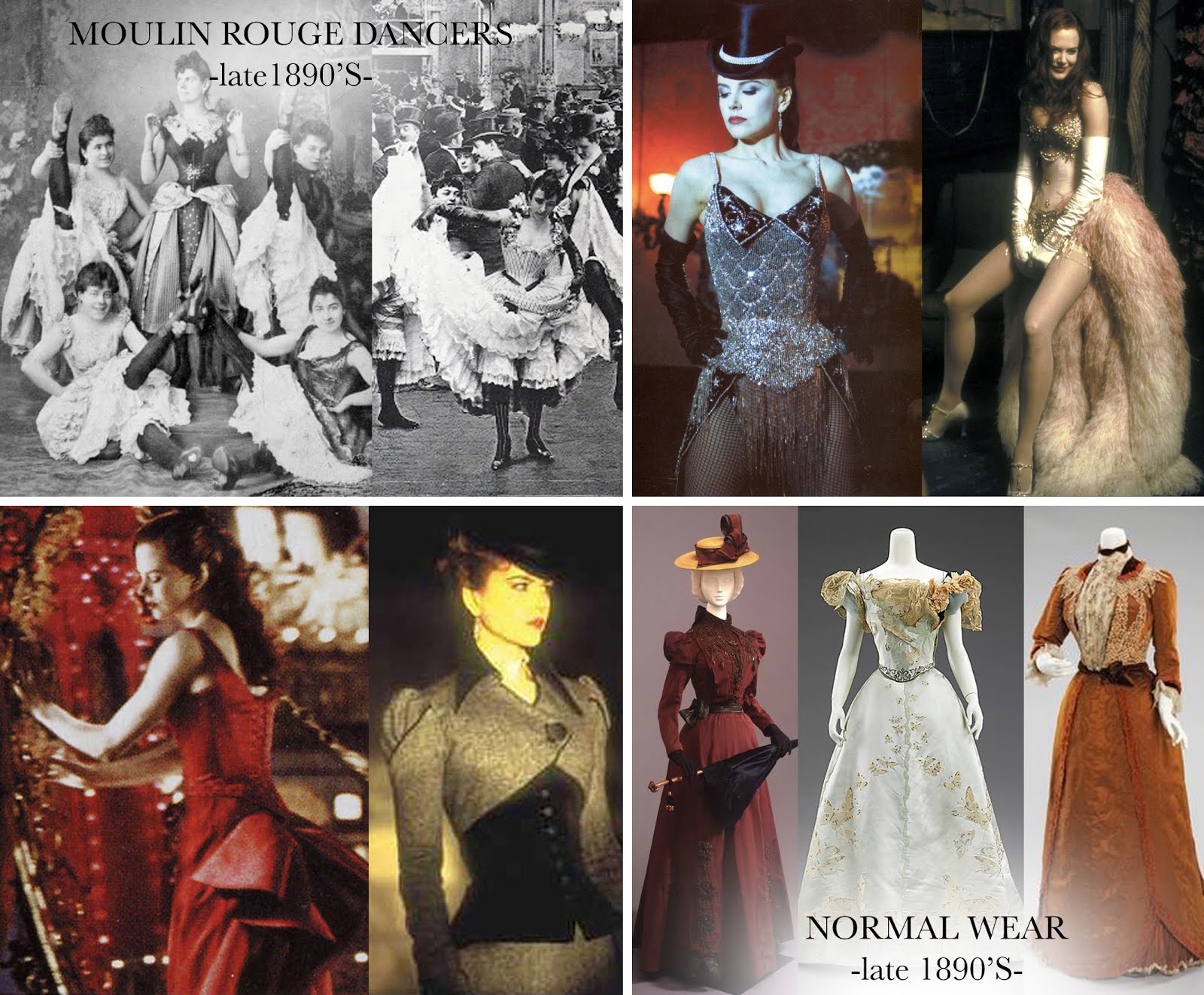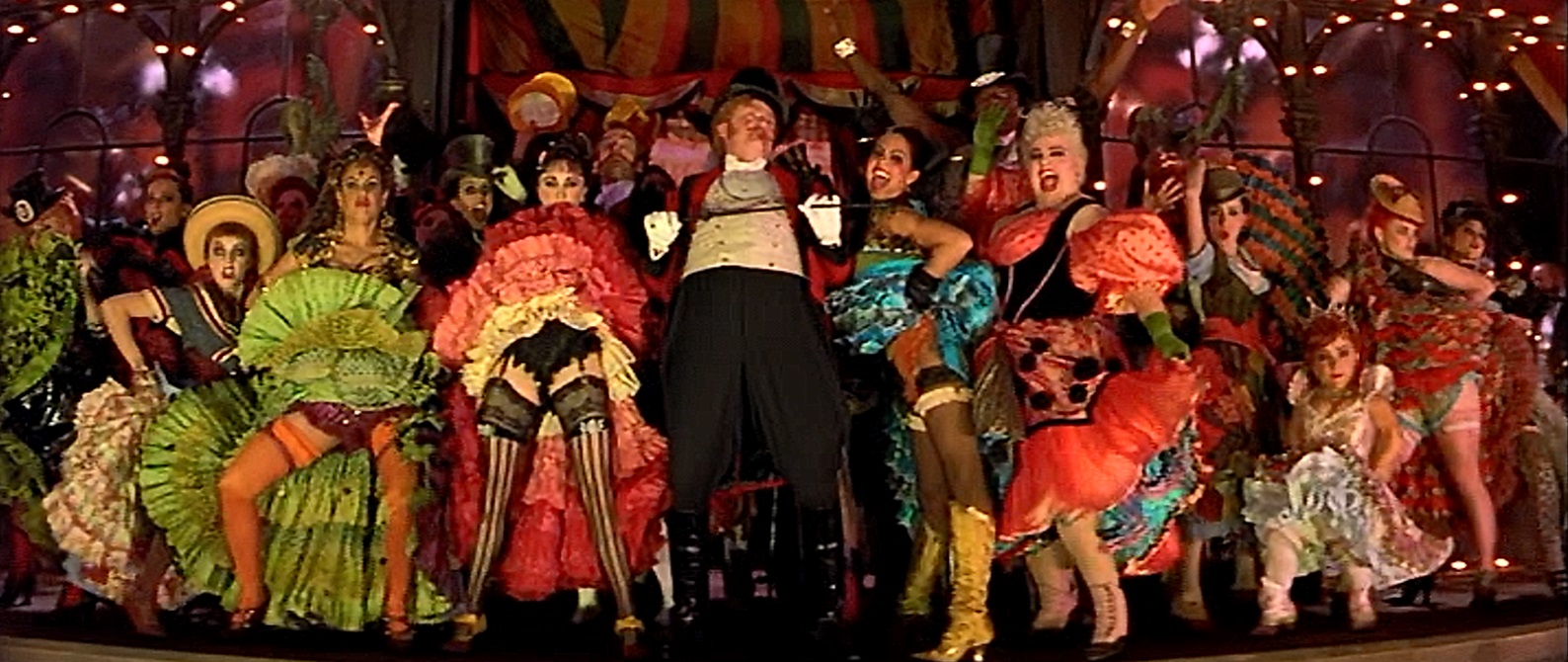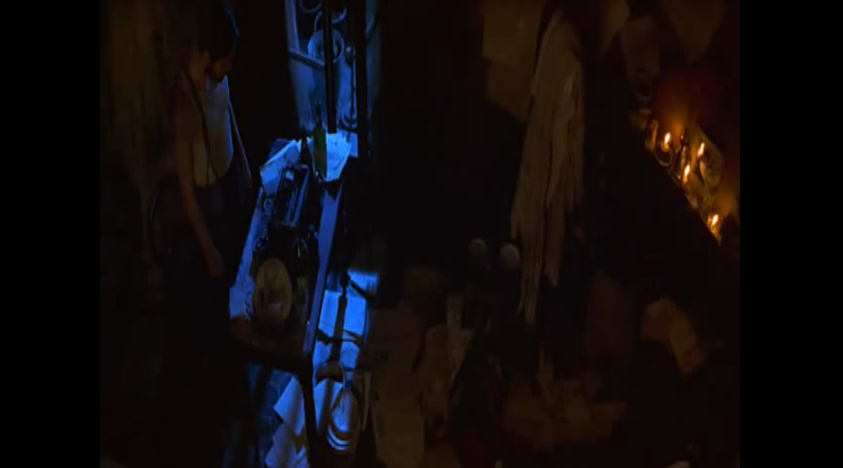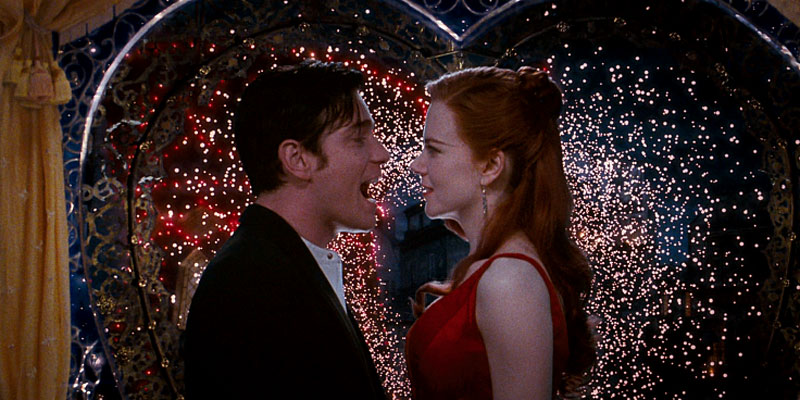Moulin Rouge is a 2001 musical film directed by Baz Luhrmann that tells the story of a young poet named Christian who falls in love with a courtesan named Satine at the Moulin Rouge, a Parisian cabaret. The film is known for its extravagant sets, colorful costumes, and eclectic musical numbers that blend elements of pop, rock, and traditional musical theater.
One of the most striking aspects of Moulin Rouge is its visual style. The film is set in the bohemian Montmartre district of Paris in the late 19th century, but Luhrmann's interpretation of this setting is highly stylized and exaggerated. The sets are highly detailed and ornate, with the Moulin Rouge itself being a particularly impressive example. The costumes are also highly stylized, with the characters often wearing exaggerated and exaggeratedly colorful clothing.
The film's eclectic musical numbers are another key aspect of its appeal. The songs are a mix of original compositions and reinterpretations of popular songs, and they are performed in a variety of styles, including rock, pop, and traditional musical theater. The film's standout musical numbers include "Lady Marmalade," "One Day I'll Fly Away," and "Come What May."
Another important element of Moulin Rouge is its portrayal of the relationship between Christian and Satine. The two characters are initially drawn to each other due to their shared passion for art and love of the Moulin Rouge, but their relationship is complicated by the fact that Satine is a courtesan and is being pursued by a wealthy duke. As their relationship deepens, Christian and Satine are forced to confront their feelings for each other and the difficulties that their different social positions present.
Overall, Moulin Rouge is a highly stylized and visually impressive film that is known for its eclectic musical numbers and its portrayal of the tumultuous relationship between Christian and Satine. It is a memorable and entertaining film that is sure to delight fans of musicals and romantic dramas.







